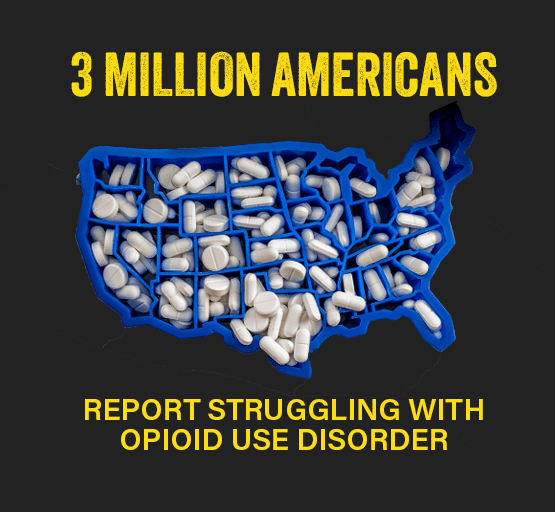An opioid overdose requires immediate medical attention. Call 911 immediately if you or someone you know exhibits any of the symptoms.

Source: www.ncbi.nlm.nih.gov
Prescription opioids are effective for treating pain and are often prescribed after surgery or injury. However, when opioids start to harm the patient’s daily life instead of helping it, that may be a sign of opioid use disorder (OUD). According to the Centers for Disease Control, a person may be considered to have OUD if they fail to cut down on opioid use, or use opioids in a way that negatively impacts their life.
To see more brand names and common drug street names, check out NIH list of street and commercial names.
It’s crucial to recognize the symptoms of an overdose. It can happen any time, anywhere, and requires an immediate response. Here’s a list of warning signs to help you identify and address potential overdose situations.